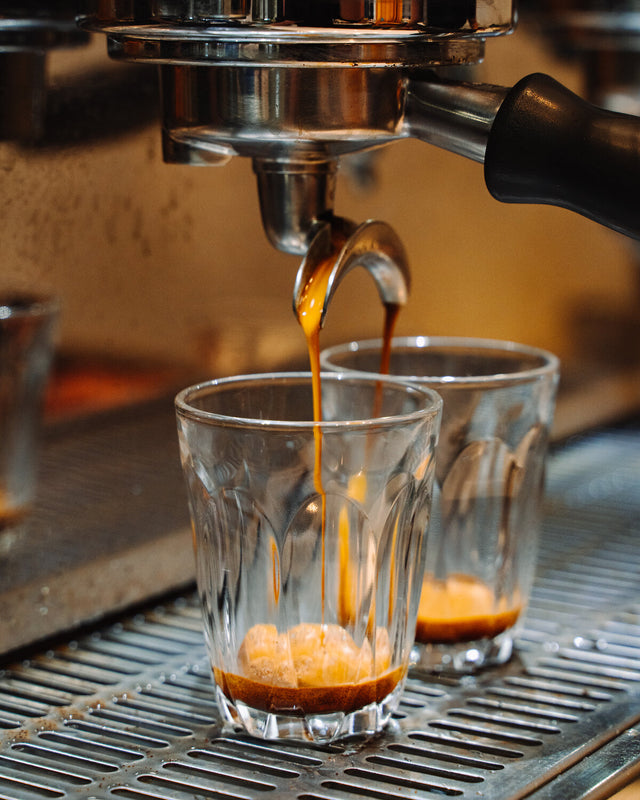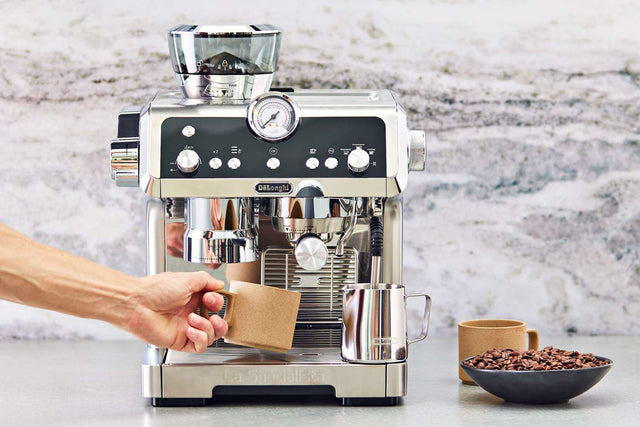Sourcing and the Global Coffee Trade
The journey of a simple cup of coffee is an intricate and global process, involving a complex supply chain that stretches across continents. It all begins with sourcing beans from coffee-growing regions, known as the Coffee Belt, which spans across countries in Central and South America, Africa, and Asia. Each of these regions produces beans with unique flavor profiles, influenced by factors such as altitude, climate, and soil composition.
Once the beans are harvested, they are processed in the country of origin through either wet or dry methods, each imparting different characteristics to the coffee. After processing, the beans are then transported—often by ship—to various roasting facilities around the world. This transportation phase is a critical component of the coffee supply chain, and it requires careful management to ensure that the beans arrive in optimal condition, ready to be roasted.
Challenges in the Coffee Supply Chain
The logistics of the coffee business are not without their challenges. Fluctuating prices due to global market conditions can create instability for both producers and buyers. Additionally, political instability in key coffee-producing countries can disrupt supply chains, causing delays and shortages. Climate change also poses a significant threat, as changing weather patterns can affect coffee yields, leading to supply inconsistencies and price increases.
Moreover, the demand for ethically sourced and sustainably produced coffee has added another layer of complexity to the logistics. Companies must now not only focus on cost efficiency but also ensure that their coffee is traceable and meets environmental and social standards. This often involves working directly with farmers, implementing fair trade practices, and investing in sustainable farming techniques.
From Roasting to Retail
Once the beans reach the roasting facility, they are roasted to bring out their unique flavors before being packaged and distributed to coffee shops, retailers, or directly to consumers. The final part of the journey involves maintaining the freshness of the coffee through proper storage and handling until it reaches the consumer’s cup. Efficient logistics are crucial at every stage to ensure that the coffee maintains its quality and flavor, providing a consistent and satisfying experience for coffee lovers around the world!
More stories

Cheap vs Expensive Coffee: Is the Price Worth It?

